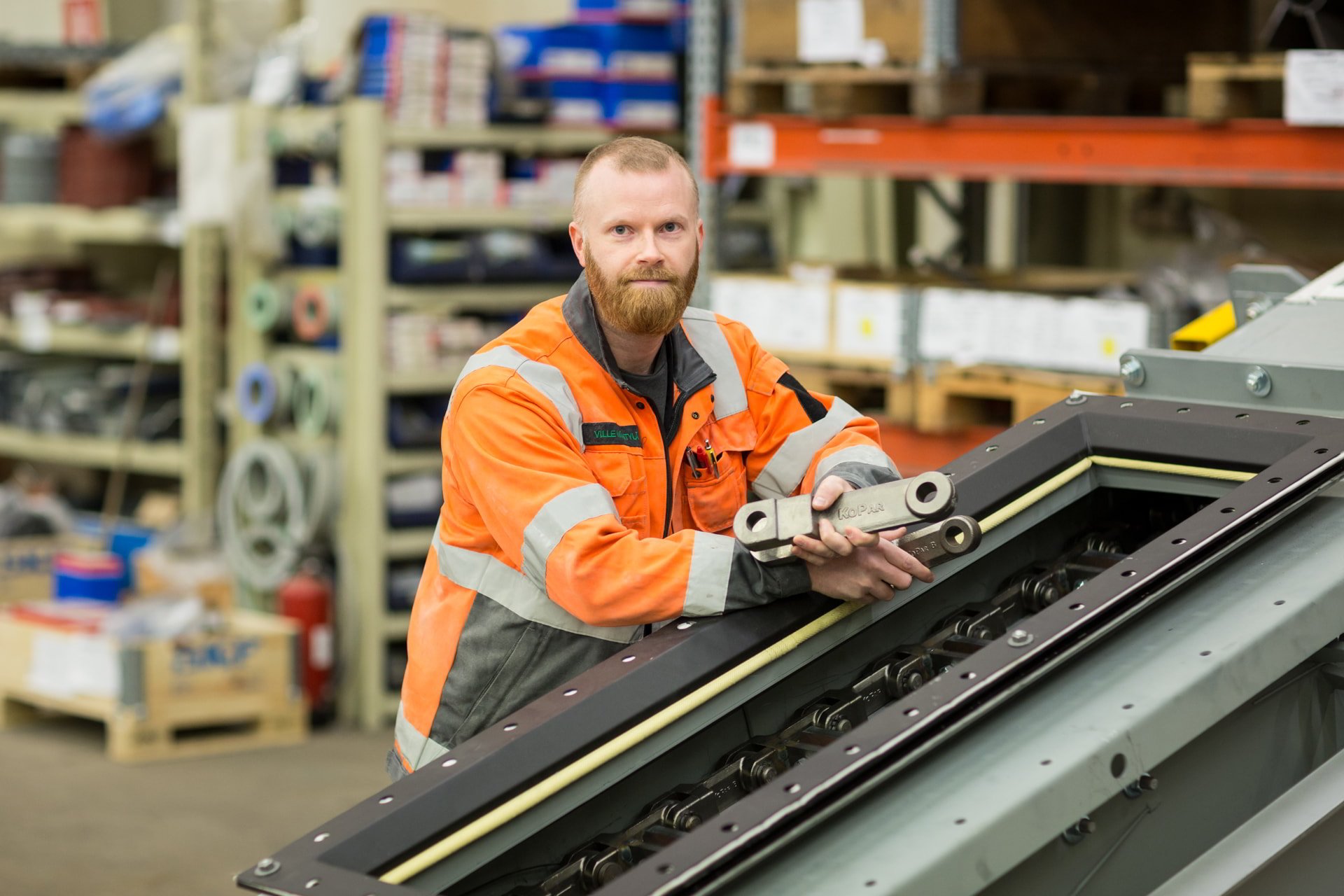Understanding the Basics of Li-ion Batteries
Lithium-ion (Li-ion) batteries have become a cornerstone of modern technology, powering everything from smartphones to electric vehicles. These batteries are favored for their high energy density, lightweight, and ability to hold a charge for extended periods. However, their chemical composition also makes them sensitive to mishandling, which can lead to safety hazards.
Understanding the basic structure and function of Li-ion batteries is crucial for safe handling. A typical Li-ion battery consists of a cathode, an anode, a separator, and an electrolyte. The cathode and anode are made of different materials, such as lithium cobalt oxide (LCO) or lithium iron phosphate (LFP) for the cathode, and graphite for the anode. During charging and discharging, lithium ions move between the cathode and anode, facilitated by the electrolyte and separated by the separator to prevent short circuits.
Proper storage conditions
Storing Li-ion batteries correctly is essential to maintain their safety and performance. These batteries should be kept in a cool, dry place, away from direct sunlight and heat sources. High temperatures can accelerate the degradation of the battery's components, increasing the risk of thermal runaway-a condition where the battery overheats and potentially catches fire.
Additionally, it is advisable to store Li-ion batteries at a partial charge, typically around 40-60%. Storing them fully charged or completely discharged for extended periods can stress the battery and reduce its overall efficiency. Using a fireproof container for storage can add an extra layer of safety, especially for larger batteries used in electric vehicles or industrial applications.
Safe Charging Practices
Charging Li-ion batteries safely is another critical aspect of handling them. Always use the charger that is specifically designed for the battery. Using an incompatible charger can lead to overcharging or undercharging, both of which can damage the battery and pose safety risks. Overcharging can cause the battery to overheat, while undercharging can lead to incomplete charging cycles, reducing the battery's effectiveness.
It is also important to charge Li-ion batteries in a well-ventilated area. Charging generates heat, and proper ventilation helps dissipate this heat, reducing the risk of overheating. Avoid charging batteries on flammable surfaces and never leave them unattended while charging. If you notice any unusual behaviour, such as excessive heat or swelling, disconnect the battery immediately and consult a professional.
Handling Damaged Batteries
Damaged Li-ion batteries pose significant safety risks and should be handled with extreme caution. Signs of damage include swelling, leakage, unusual odours, or visible cracks. If you encounter a damaged battery, do not attempt to use or charge it. Instead, place it in a non-conductive container, such as a plastic or glass jar, and contact a professional for proper disposal.
Never dispose of damaged Li-ion batteries in regular trash bins. These batteries contain hazardous materials that can harm the environment and pose fire risks. Many local recycling centres and electronic stores offer battery recycling services, ensuring that damaged batteries are disposed of safely and responsibly.
Transportation Guidelines
Transporting Li-ion batteries requires adherence to specific guidelines to ensure safety. When shipping batteries, use packaging that meets regulatory standards, such as those set by the International Air Transport Association (IATA) or the Department of Transportation (DOT). Proper packaging includes using non-conductive materials to prevent short circuits and labelling the package to indicate that it contains lithium batteries.
For personal transport, such as carrying batteries in a vehicle, keep them in a secure, non-conductive container. Avoid placing them in areas where they can be exposed to extreme temperatures, such as the trunk of a car on a hot day. If travelling by air, check with the airline for specific regulations regarding the transport of Li-ion batteries, as there are often restrictions on the size and quantity of batteries that can be carried on board.
Disposal and Recycling
Proper disposal and recycling of Li-ion batteries are crucial for environmental safety and resource conservation. These batteries contain valuable materials, such as lithium, cobalt, and nickel, which can be recovered and reused. Improper disposal, on the other hand, can lead to environmental contamination and pose fire hazards.
Many communities offer battery recycling programs, and some retailers provide drop-off points for used batteries. Before recycling, ensure that the battery terminals are covered with non-conductive tape to prevent short circuits. By recycling Li-ion batteries, you contribute to a sustainable future and help reduce the demand for raw materials.
Emergency procedures
Despite taking all necessary precautions, accidents can still happen. Knowing how to respond in an emergency involving Li-ion batteries can mitigate damage and ensure safety. In the event of a battery fire, use a Class D fire extinguisher, which is designed for metal fires. Water should not be used, as it can react with the battery's chemicals and exacerbate the fire.
If a battery leaks, avoid direct contact with the leaked material, as it can be corrosive. Use protective gloves and eyewear when handling the battery and clean the area with a non-conductive material. Dispose of the battery following the guidelines mentioned earlier and ventilate the area to disperse any harmful fumes.
Conclusion
Handling Li-ion batteries safely is essential for both personal safety and environmental protection. By understanding the basics of these batteries, following proper storage and charging practices, handling damaged batteries with care, adhering to transportation guidelines, and knowing how to dispose of them responsibly, you can mitigate the risks associated with their use.
At Kopar, we are committed to providing valuable insights and information to help you navigate the complexities of modern technology. By following these guidelines, you can ensure that your use of Li-ion batteries is both safe and efficient, contributing to a more sustainable and secure future.

You have a challenge that needs solving?
Let us help! Contact us for more information about our products and services.
